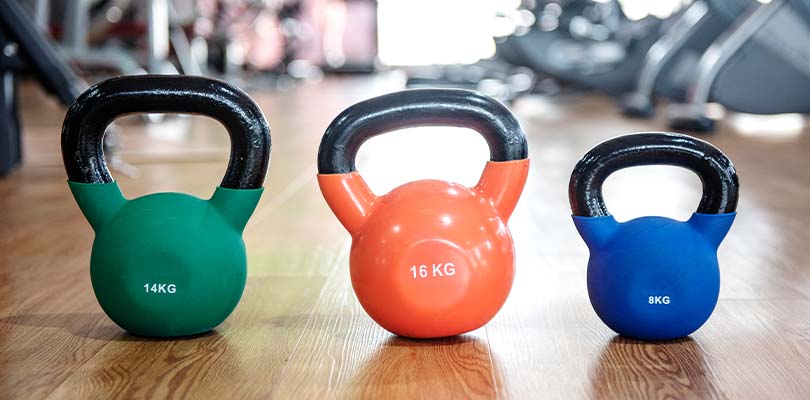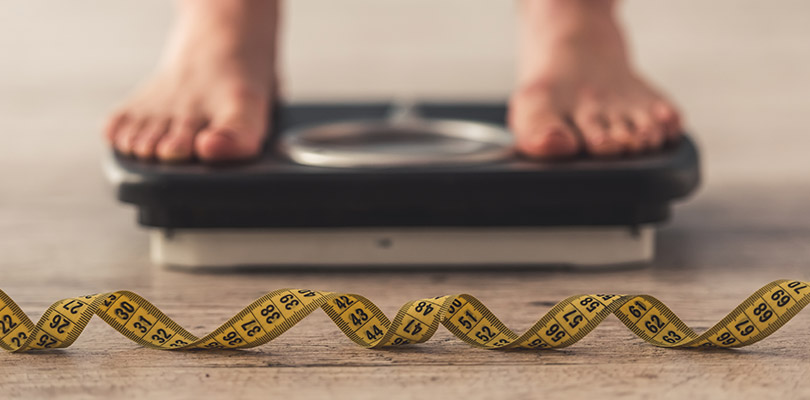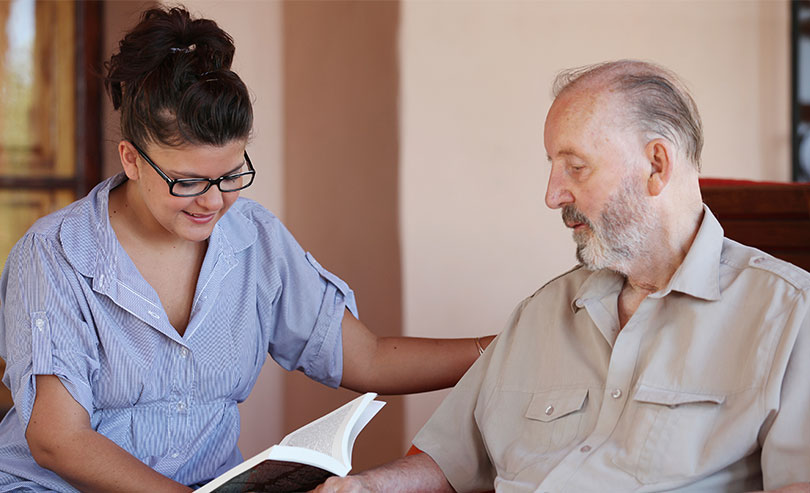The Importance of Exercise for Diabetes
Getting enough exercise is important for everyone, but exercise for diabetes is especially important. This is because physical activity helps the body to use glucose more effectively. Regular exercise can also reduce the risk of serious complications like heart disease.
So, what are the best exercises for diabetics and how can they help with symptom management? Here’s all you need to know.
How Exercise Can Help Diabetes Symptoms
People with diabetes have trouble controlling their blood glucose. This is either because their bodies cannot make the hormone insulin, or cannot use it effectively. Insulin is responsible for helping cells to take up glucose from the blood. Therefore, when there is not enough insulin, the blood sugar can easily become too high. However, there is a way for the body to use glucose without the need for insulin – exercise.
When the muscles are active, they use glucose as a source of energy. So, exercising is a great way to reduce the blood sugar without insulin. Better still, it improves insulin sensitivity for diabetics who can still produce the hormone.
Exercise has some additional benefits for people with diabetes too. It helps to build muscle mass and boosts the metabolism. It keeps the joints healthy and flexible, thus helping to improve mobility and balance. Exercise also lowers blood pressure and cholesterol levels. This reduces the risk of cardiovascular disease, especially in combination with other healthy habits, like eating well, not smoking and reducing alcohol consumption.
Finally, regular exercise can help to relieve stress and improve mental health. It releases chemicals called endorphins, the body’s natural, feel-good chemicals. Endorphins also have other benefits like relieving pain.
The Best Exercises for Diabetes
People with type 2 diabetes should aim to do 150 to 300 minutes of moderate physical activity every week. However, the best exercise for diabetes depends on several factors that can vary between individuals. Some things to consider:
- Enjoyment. Doing something enjoyable increases the chances of keeping it up long-term. If you are low on motivation, try playing music while exercising or participating in team sports.
- Time. It is essential to choose an activity that fits in with your daily schedule. If you are short on time, increase activity levels by taking the stairs instead of the elevator, getting off the bus a stop early, or walking on the spot while watching TV.
- Fitness. If you are overweight or have not exercised for a while, start off slowly and increase your activity levels over time. Try exercising little and often rather than doing lots at once.
- Complications. People with diabetic complications, such as foot or eyesight problems, might prefer to do chair-based exercises like leg raises or lifting dumbbells while seated. People with heart problems should consult their physician before starting any new exercise regime.
Any kind of physical activity will be beneficial for diabetes, even gardening or doing housework. However, there are some exercises that are especially helpful.
Walking
Walking does not require any special experience or equipment, just a comfortable pair of shoes. It is also a great option for people who are unfit and need to ease themselves into exercising gently.
Brisk walking has many benefits for cardiovascular health. It can also help with maintaining a healthy body weight when you do it regularly. To get the most benefit, walk quickly enough to break a sweat and increase the heart rate.
The ideal pairing for breakfast food for diabetics is carbohydrates, protein and fat. Here are good foods to eat and foods to avoid.
Swimming
Swimming is another good exercise that raises the pulse rate and gets you breathing more deeply. This form of exercise is known as aerobic exercise and it is great for looking after your heart health. The advantage of swimming is that it takes pressure off the joints. Therefore, it is perfect for anyone with painful conditions like arthritis in addition to diabetes.
Cycling
Like swimming, cycling is a form of aerobic exercise that does not put too much pressure on the joints. It can be done outside on a real bicycle, or indoors on a stationary bike.
Other Aerobic Exercises
There are many other forms of aerobic exercise, making it easy to find something you enjoy. Some popular examples include dancing, jogging, water aerobics and racket sports. All have similar benefits for the heart and circulation. They also help to burn calories and are an excellent way to lose weight.
Weight Training
Weight training is the best way to increase muscle mass, which is important for regulating blood sugar. It can include traditional weightlifting, working with a resistance band, or bodyweight exercises, such as push ups.
Yoga and Tai Chi
Yoga and tai chi are gentle forms of exercise that are great for people of all fitness levels. They help to increase muscle mass as well as improving flexibility and balance. They can also help to reduce some of the symptoms associated with diabetic neuropathy.
These exercises are also relaxing, making them good options for reducing stress. There are plenty of videos online so you can easily practice yoga and tai chi at home. However, it is best to attend a few classes first to learn how to perform the movements safely.
Exercise for Diabetes: Precautions
Exercising can reduce the blood sugar, which is great news for diabetics. However, people who take medication for diabetes need to be careful. Reducing the blood sugar too much can lead to low blood glucose and hypos. Here are some tips for exercising safely with diabetes:
- Check your blood sugar before and after exercising, and have a carbohydrate-rich snack if necessary.
- When exercising for a long time (e.g. hiking), check your glucose every 30 to 60 minutes and have a snack if necessary.
- Always carry some fast-acting carbs (such as glucose tablets) when exercising.
- Wear your diabetic ID in case you need assistance and are unable to talk.
- Do not exercise if you have high blood sugar (over 13mmol/L) or are otherwise unwell.
- Wear comfortable shoes and socks that fit well to reduce the risk of foot injuries.
- Check the feet for signs of damage daily, especially after exercising.







